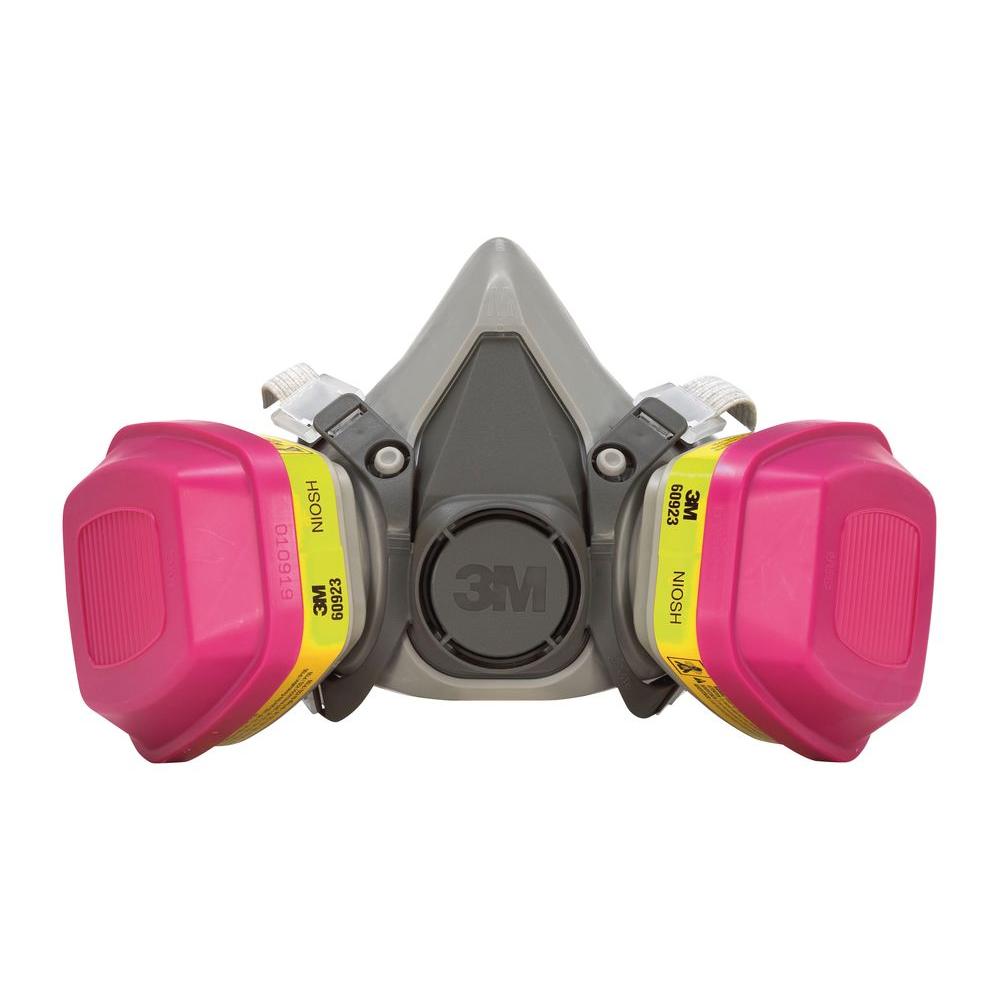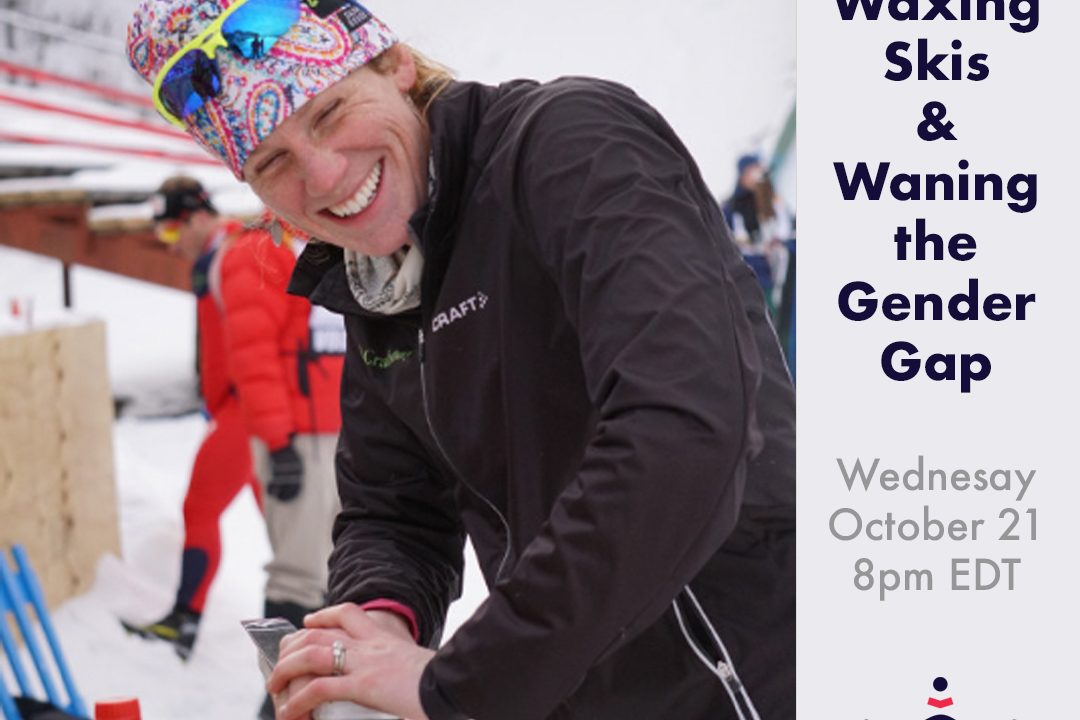Snow – The Lubricant for Competition : The Latest Research from Matthias Scherge
Swiss athletes ski testing in Lillehammer, Norway. (Photo: NordicFocus) Much has already been written about snow. There are countless pictures of perfectly grown snow crystals, but very little about snow found on the slopes or in the cross-country skiing tracks. The newest article in our science series provides a vivid picture of snow in its many forms. With a cell phone and a mini microscope, you get fantastic pictures of snow grains. You can...








